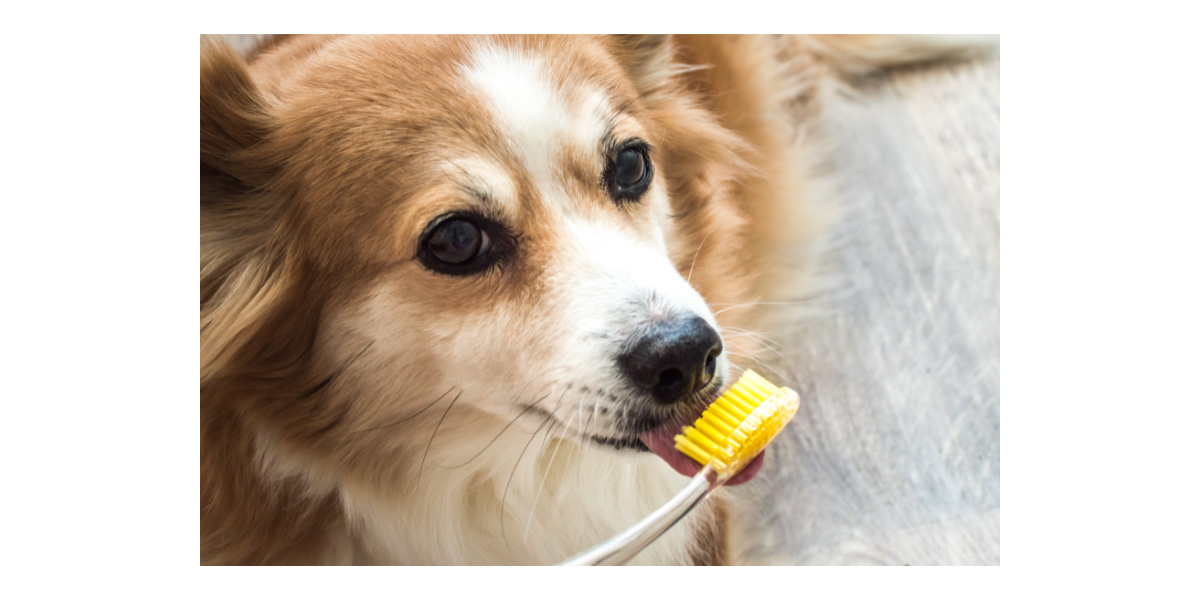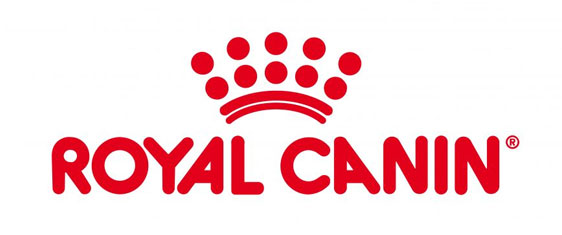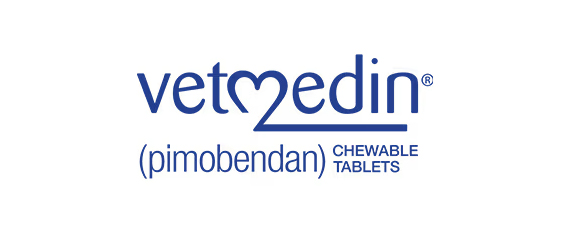How to Brush Your Pet's Teeth
Doctor of Veterinary Medicine

While efforts are made to answer all questions as quickly as possible, if an immediate answer is required or if your pet is in need of urgent or emergency care, contact your pet's veterinarian immediately.
Doctor of Veterinary Medicine

You will receive an answer from Dr. Lindsay and our vet/tech team as soon as possible, usually the same day.
All answers are provided for informational or educational purposes only, and are intended to be a supplement to, and not a substitute for, the expertise and professional judgment of your pet's veterinarian.
It may be necessary to consult your pet's veterinarian regarding the applicability of any opinions or recommendations with respect to your pet's symptoms or medical condition.
CloseDoctor of Veterinary Medicine

An error has occurred, please reload the page and try again.
CloseWhile efforts are made to answer all questions as quickly as possible, if an immediate answer is required or if your pet is in need of urgent or emergency care, contact your pet's veterinarian immediately.
There is no answer related to your question

Maintaining your pet's oral hygiene means more than simply having fresh breath. Dental hygiene is directly linked to other components of your pet's overall health, including your pet's heart, kidneys, and liver.
Try an alternative dental product
Brushing your pet's teeth may initially be difficult and uncomfortable for your pet. If this is the case, you may want to consider an alternative product and progress to a toothbrush once your pet is more comfortable with the experience.
Use toothpaste formulated for pets
Human toothpaste is not intended to be swallowed by pets as pet toothpastes are. Sodium lauryl sulphate is a common ingredient found in human toothpaste and causes a foaming action, which pets dislike.
Be patient when brushing
When starting out, be patient when attempting to brush your pet's teeth. Initially your pet may be uncomfortable with the process, which is normal. Try to be as comforting with your pet as possible. For cats you may want to wrap them in a blanket or towel to prevent scratching. Keep brushing sessions short to allow your pet to become familiar with the experience. Start with five second sessions and work up to two minutes day.
Follow up with dental rinses, chews, and treats
Using a water additive, chew or treat in addition to brushing can help maintain your pet's oral health and fresh breath. Water additives can be added to your pet's water bowl to kill bacteria both in the both and as your pet drinks. Even treat time can have it's benefits! When rewarding your pet, consider a chew or treat formulated for dental care.
Brushing only removes plaque. If you notice tartar buildup on your pet's teeth and gums, you will need to schedule a professional dental cleaning for your pet with your veterinarian.
Brushing only removes plaque. If you notice tartar buildup on your pet's teeth and gums, you will need to schedule a professional dental cleaning for your pet with your veterinarian.
 Swipe
Swipe

































